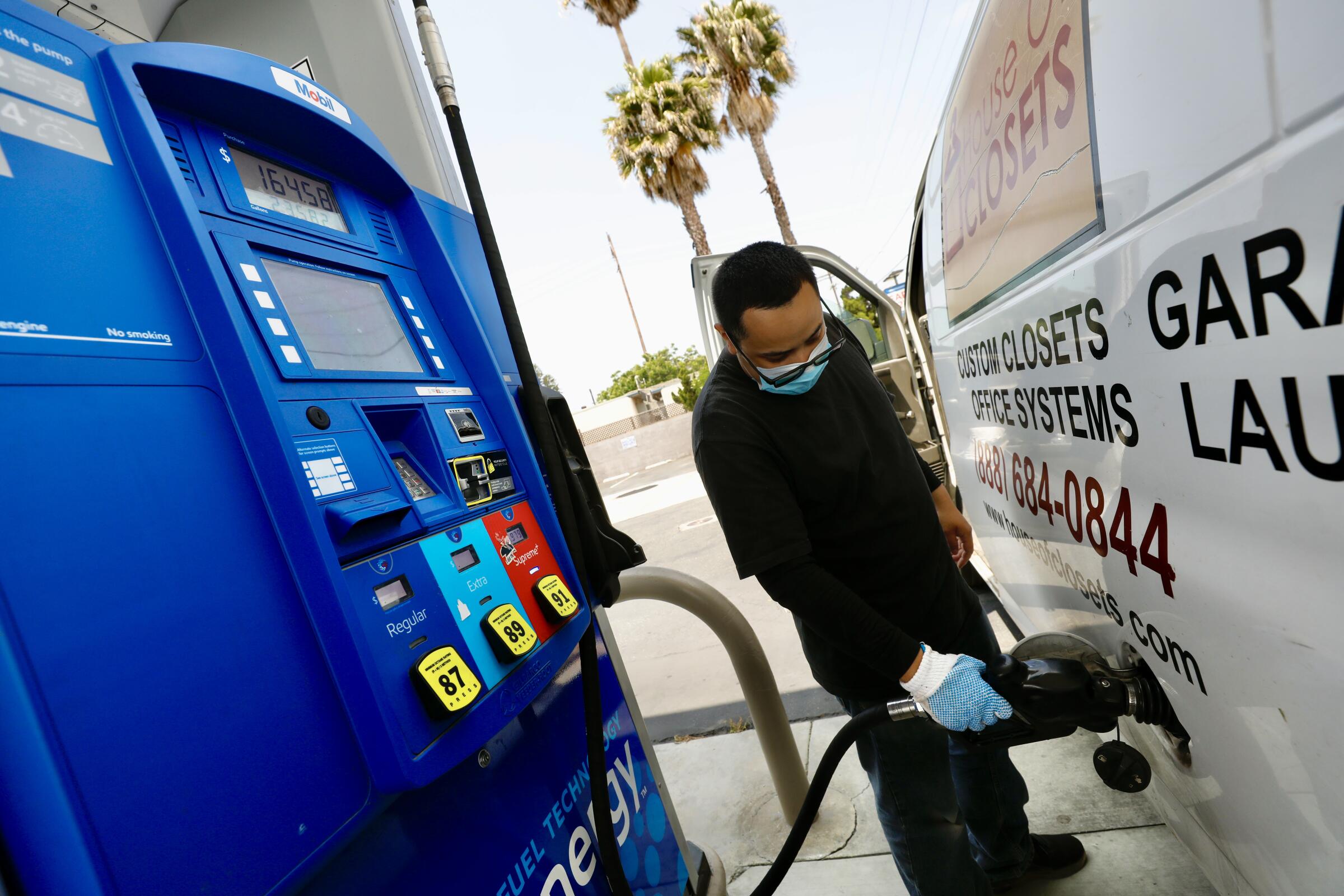Hold on. No one said that. There are still several things that could derail the economy.
At the top of economist Mark Zandi’s worries is a resurgence of oil prices. Though the chief economist at Moody’s Analytics now sees less than a 50% chance of a recession, he says anything triggering another big run-up at the gas pump will probably push the economy over the edge.
The surge in crude prices, triggered by the war in Ukraine, was central to the outbreak of inflation and was felt broadly across the economy, especially in consumer confidence. In recent days, regular gas prices nationally were averaging about $3.45 a gallon. “If we go back up to $4 or $5 a gallon, that will be too much to bear,” Zandi said.
So far, Fed officials have aggressively raised interest rates to help bring down inflation without quashing the economy. Whether policymakers can keep threading the needle remains to be seen.
The Fed doesn’t want to take its foot off the financial brakes before getting inflation under control, but restraining activity too hard or too long will almost surely induce recession.
And like the sword of Damocles, the debt ceiling deadline hangs ominously over the economy.
Technically the U.S. last month already hit the debt ceiling, or the amount Uncle Sam is able to borrow. In practice, the Treasury Department can keep paying the nation’s bills by employing so-called extraordinary measures, but only until about early June.
A repeat of the kind of political standoff seen in 2011 would have potentially grave and far-reaching consequences, and it’s not clear that lawmakers have learned the lessons from that tumultuous period.
During President Obama’s first term, partisan brinkmanship over the budget took the country to the edge of defaulting on its debt. That prompted Standard & Poor’s to downgrade the U.S. from its top credit rating for the first time in history, wreaking havoc on Wall Street and shaking the stability of the U.S. and global financial systems.
With a newly installed Republican House eager to flex its muscles, analysts fear the stage is set for an even worse and potentially calamitous outcome this time.









